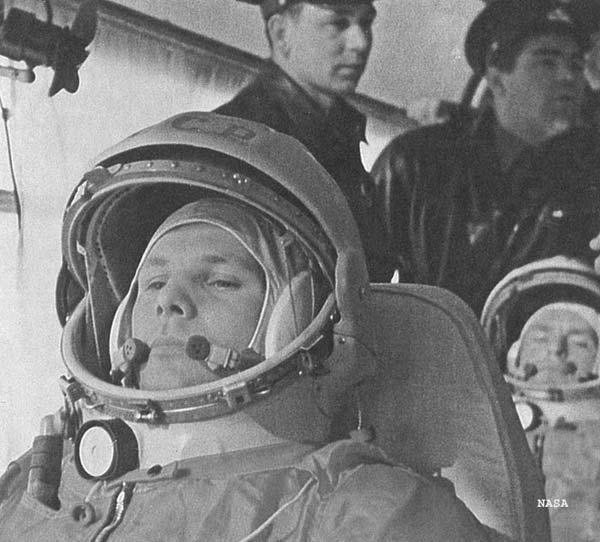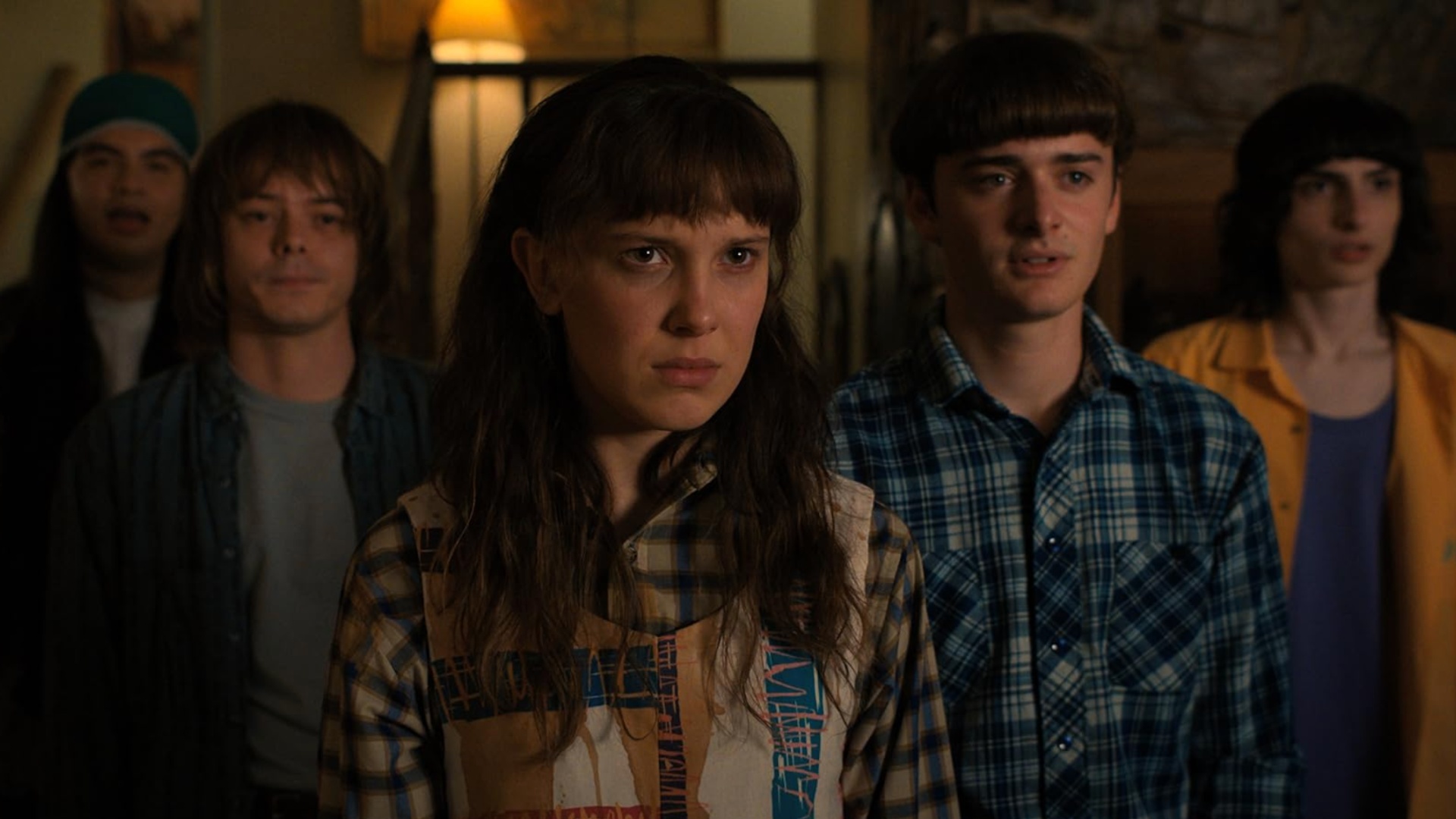Russian Cosmonauts Honor Yuri Gagarin, 1st Man in Space, From Orbit

Cosmonauts aboard the International Space Station honoreda Russian space holiday Monday to celebrate the historic launch of Russianfighter pilot Yuri Gagarin 49 years ago today that kicked off the era of humanspaceflight.
Russian cosmonaut Oleg Kotov, the current commander ofthe International Space Station, and his crew marked the occasion of Gagarin?s first human spaceflight? known as Cosmonautics Day ? by speaking with Russian President DmitriMedvedev, who reiterated Russia?s commitment to space exploration.
"Space will always remain our priority,? Medvedevsaid. ?This is not just somebody's interpretation. It's our official stateposition.? [CosmonautYuri Gagarin?s Spaceship.]
Kotov said that Gagarin?s mission may have launched inthe midst of the Space Race between the former Soviet Union and the UnitedStates, but space exploration now is a cooperative effort ? one that reachesbeyond those two countries. Today, Kotov commands a crew that includes threeRussians, two Americans and one Japanese astronaut.
"Together, we have created a single organism,"Kotov told the Russian president. "The crew functions as one body eventhough it consists of representatives from different countries. We have had aEuropean astronaut on board. We have Japanese astronauts on board right now.?We have American astronauts, Russian, and we understand each other perfectly.We don't have any conflicts and I hope this will be true also regarding ourcooperation everywhere else."
Exactly 20 years after Gagarin?s historic flight, NASAlaunched the first-everspace shuttle mission ? STS-1 aboard Columbia ? on April 12, 1981. Thesignificance of the double anniversary was not lost on the station?s Americancrew. Especially since seven astronauts are visiting the space station on thespace shuttle Discovery to deliver supplies.
?On behalf of all of us here on the International SpaceStation, including our shuttle colleagues, we just want to wish everyonecongratulations on this historic day," said NASA astronaut Tracy CaldwellDyson, who arrived at the station earlier this month. "It means as much tous for the event of Yuri's first launch as it does for all of the people involvedin making this space program possible.?
Breaking space news, the latest updates on rocket launches, skywatching events and more!
NASA?s three space shuttles are due to retire inSeptember, ending nearly 30 years of operation. When they do retire, NASA willbe entirely dependent on Russia for sending astronauts to the space stationuntil commercially built spacecraft become available in the U.S., according tothe space agency?s current plan.
Medvedev said the international cooperation highlightedby the space station is the mark of how humanspace exploration should be conducted into the future.
"No country can develop space alone, we need tocombine our efforts and we need to talk about it more often," he said.
The $100 billion space station is the product of 16different countries and five separate space agencies represented by NASA in theUnited States and space agencies from Russia, Europe, Canada and Japan. Construction ofthe 800,000 pound (362,873 kg) outpost began in 1998. It is now nearlycomplete, with a backbone-like main truss as long as a football field and iseasily visible from the Earth by the unaided eye.
But the space station?s interior living space ? which isabout the size of a five-bedroom home ? is a veritable palace when compared tothe one-man capsule Gagarin launched in during the first manned spaceflight.
Gagarin was only 27 years old when he blasted off in hisVostok 1 space capsule form Baikonur Cosmodrome in what is now Kazakhstan inCentral Asia. The launch pad is still in use today, most recently for the Soyuzlaunch that delivered Caldwell Dyson and two Russian cosmonauts to the spacestation on April 2.
Gagarin?s computer-controlled spaceflight lasted only 108minutes, enough time to orbit the Earth. Instead of landing on the ground,Gagarin parachuted from his capsule during the descent. Modern-day Soyuzspacecraft, which carry three people, fire retrorockets to soften a groundlanding after descending under parachutes.
Gagarin never flew in space again. Sadly, he was killedin March 1968 while flying a training mission. But his legacy lives on in Yuri's Night, a global celebration of his iconic flight celebrated by space aficionados around the world.
Medvedev also asked Kotov and his crew about their lifein space, specifically how often they have to exercise and how good the foodis.
Food in space, too, has come a long way, Kotov said.
?The food has become more and more similar to what we eaton Earth,? he added. ?We don't have any tubes, though we do have cans and thevariety is pretty good.?
- Top 10 Soviet andRussian Space Missions
- TheBest Manned Spaceships of All Time
- TIMELINE:50 Years of Spaceflight

Tariq is the award-winning Editor-in-Chief of Space.com and joined the team in 2001. He covers human spaceflight, as well as skywatching and entertainment. He became Space.com's Editor-in-Chief in 2019. Before joining Space.com, Tariq was a staff reporter for The Los Angeles Times covering education and city beats in La Habra, Fullerton and Huntington Beach. He's a recipient of the 2022 Harry Kolcum Award for excellence in space reporting and the 2025 Space Pioneer Award from the National Space Society. He is an Eagle Scout and Space Camp alum with journalism degrees from the USC and NYU. You can find Tariq at Space.com and as the co-host to the This Week In Space podcast on the TWiT network. To see his latest project, you can follow Tariq on Twitter @tariqjmalik.
